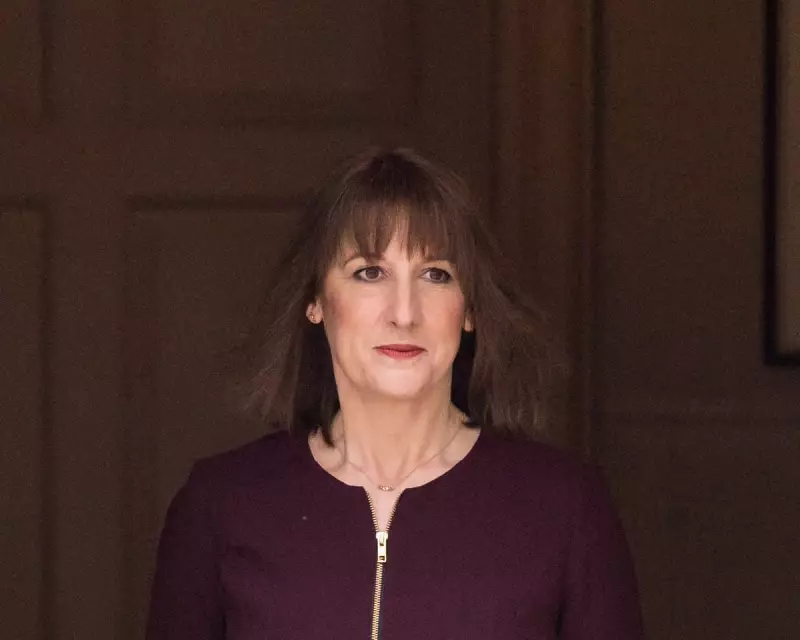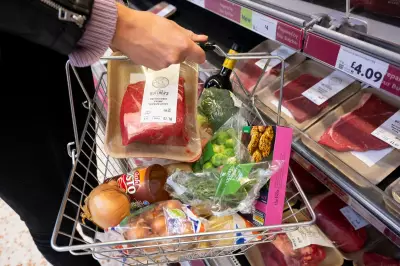
The government could generate a staggering £12 billion for Treasury coffers by maintaining the current freeze on income tax thresholds until 2028, according to analysis from the Resolution Foundation. This controversial move would represent one of the largest revenue-raising options available to the Chancellor in the upcoming budget.
The Stealth Tax Mechanism
While not an official tax increase, freezing tax thresholds during periods of inflation creates what economists call 'fiscal drag' - a phenomenon where rising wages push earners into higher tax brackets even though their real-term purchasing power may not have improved.
The Resolution Foundation's research highlights that maintaining the freeze on both the personal allowance and higher-rate threshold would see:
- An additional 3.5 million workers paying the basic rate of income tax
- Nearly 2 million more people dragged into the higher 40% tax bracket
- The number of higher-rate taxpayers swelling to one in five workers
Political and Economic Implications
This approach presents Chancellor Rachel Reeves with a politically challenging decision. The substantial revenue generation comes at the cost of effectively implementing stealth taxes on millions of households already grappling with the ongoing cost of living crisis.
The thinktank's analysis suggests this measure would prove more lucrative than other potential revenue sources, including reforms to capital gains tax or inheritance tax. However, it raises significant questions about tax fairness and the burden falling disproportionately on employed workers rather than wealth holders.
The Bigger Picture
With the government committed to balancing the books while protecting key public services, the threshold freeze represents a delicate balancing act. The Resolution Foundation emphasises that this policy, while fiscally significant, comes with real consequences for household finances across the nation.
As budget discussions intensify, all eyes will be on whether the government opts for this substantial but politically sensitive revenue stream or explores alternative approaches to bridge the fiscal gap.




